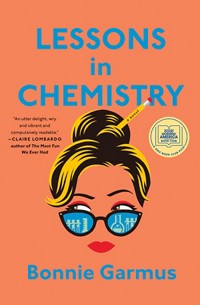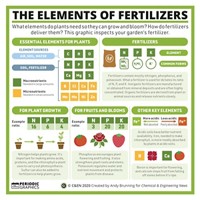Advertisement
Grab your lab coat. Let's get started
Welcome!
Welcome!
Create an account below to get 6 C&EN articles per month, receive newsletters and more - all free.
It seems this is your first time logging in online. Please enter the following information to continue.
As an ACS member you automatically get access to this site. All we need is few more details to create your reading experience.
Not you? Sign in with a different account.
Not you? Sign in with a different account.
ERROR 1
ERROR 1
ERROR 2
ERROR 2
ERROR 2
ERROR 2
ERROR 2
Password and Confirm password must match.
If you have an ACS member number, please enter it here so we can link this account to your membership. (optional)
ERROR 2
ACS values your privacy. By submitting your information, you are gaining access to C&EN and subscribing to our weekly newsletter. We use the information you provide to make your reading experience better, and we will never sell your data to third party members.
Industrial Safety
Newscripts
A (fictitious) body wrapped in an enigma and encased in phosphate rock dust
by Cheryl Hogue
April 30, 2022
| A version of this story appeared in
Volume 100, Issue 15
Chemically engineered mystery novel

Fans of mystery novels don’t expect their latest read to include a root-cause analysis of a chemical-related industrial accident. But author Fiona Erskine cleverly weaves one into a fictional tale that revolves around identifying a body entombed in hardened phosphate rock dust.
Erskine is a chemical engineer with 40 years of manufacturing experience. As she builds the story in her latest mystery, Phosphate Rocks: A Death in Ten Objects, Erskine gleefully explains chemical reactions and industrial processes and introduces the chemists of yore who discovered or developed them.
The plot follows Detective Inspector Rose Irvine’s investigation into the death of the unknown person discovered inside a shuttered fertilizer factory in Scotland. The probe hinges on John Gibson, a longtime shift manager who recalls the plant, its operations, and those who once worked there in intimate detail.

The titular 10 objects found with the body trigger Gibson’s memories of information that, once assembled, leads to the identity of the dead person. The items are an elephant carved from ebony wood, a bullet, a key ring, an air horn, a Barbie doll, a nutmeg grater, broken sunglasses, a brass washer, an empty whiskey bottle, and an oil can. Good luck adding them all up.
Erskine lays out clues while delving into the processes that the fertilizer plant relied on to blend sources of nitrogen, phosphorus, and potassium. She knows her subject. Her first job after graduation was at a fertilizer factory in the Leith port district of Edinburgh. She borrows the city and the facility as the setting for the novel. She even makes an unflattering cameo appearance in the book, a portrayal she says was drawn from her tenure at the plant.
Erskine tells Newscripts she was inspired to write after reading The Periodic Table, a collection of autobiographical short stories by Italian chemist and Holocaust survivor Primo Levi. The book describes “what it is to be a human being in the midst of evil,” she says. But Levi also “writes so movingly about industrial chemistry. He makes it so fascinating.”
Part of Erskine’s tale is an engaging description—a root-cause analysis—that lays out a series of mistakes a new engineer makes that lead to a devastating accident. “Lots of the process-safety stuff I do involves telling stories of accidents,” she says, explaining the link between her industrial background and her fiction writing.
Chapters interspersed with the novel’s main tale focus on the chemical reactions the factory’s operation used. Several descriptions provoked this Newscriptster to laugh out loud, something chemistry textbooks never did. These factual sections are peppered with historical figures: Jabir ibn Hayyan, Humphry Davy, Katherine Jones (Lady Ranelagh) and her little brother Robert Boyle, and Booker T. Washington, among others.
For instance, a chapter delves into the process for converting diatomic atmospheric nitrogen to ammonia, a form that crops can readily absorb and use. It describes the challenges that Carl Bosch faced and overcame in ramping up Fritz Haber’s ammonia-making process to an industrial scale. Erskine pays homage to Clara Immerwahr, who was the first woman awarded a doctorate in chemistry at the University of Breslau and also Haber’s wife. Erskine is clearly on the side of those who ascribe Clara Haber’s death by suicide—using her husband’s pistol—to her strenuous opposition to his work on chemical weapons during World War I.
Erskine wants readers to understand the history and scientific details behind her tale. She says she took the advice of her editor and didn’t slow the pace by jamming all this information into the story itself. Instead, the book sports two sets of endnotes for readers who want to dig deeper: a glossary of nonfictional people mentioned and a listing of the cited chemical reactions and processes, complete with equations.
It’s a book a chemistry lover could carry along for a fun vacation read.
Please send comments and suggestions to newscripts@acs.org.





Join the conversation
Contact the reporter
Submit a Letter to the Editor for publication
Engage with us on Twitter